
In 2006, 800 years after the ruin of Nalanda University, former President APJ Abdul Kalam suggested the revival of the ancient learning centre. A decade later, the United Nations (UN) declared it a World Cultural Heritage site.
Nalanda, the world's first university, was a one-of-its-kind centre for liberal and scientific studies. It's hard not to imagine how different would the modern world be if such an ancient centre of learning still existed.
Here's a look at eight mind-blowing facts about the Nalanda University:
1. Massive library that burned for 6 months

Ancient Tibetan monks spoke about the existence of a massive library called Dharmaganja at Nalanda that consisted of millions of books. This library had three large multi-storeyed buildings called - Ratnasagara (Ocean of Jewels), Ratnodadhi (Sea of Jewels), and Ratnaranjaka (Jewel-adorned).
According to the legend, this massive library burned non-stop for three to six months when it caught fire, destroying every ancient knowledge recorded in human history. These libraries housed ancient and sacred manuscripts such as Prajnyaparamita Sutra and Guhyasamaja apart from textbooks on subjects like grammar, logic, literature, astrology, astronomy, and medicine.
Historians say the legendary library of Nalanda was destroyed during the first Turkic attack.
But, there's also another story behind its destruction. Apparently, a couple of young novice monks disrespected two brahmins by throwing water at them. In retaliation, the brahmins performed a 12-year penance invoking the Sun. After this, they performed a yajna and threw fire at the Buddhist temples. The fire eventually spread to Nalanda's library, burning everything. Miraculously, a stream of water emerged from the holy manuscripts in the library that saved human lives and some manuscripts.
2. Nalanda - the phoenix university
According to available reports, Nalanda University was destroyed three times. The first invasion was conducted by the Huns under Mihirakula during the reign of Skandagupta (455-467 AD). The second destruction took place early 7th century by the Gaudas. This time, Buddhist king Harshavardhana (606-648 AD) restored the university. The third invasion was conducted by Turkish leader Bakhtiyar Khilji in c. 1200 CE.
Much like the phoenix, this university rose from ruins and was rebuilt twice. Each time, it was rebuilt grander than the previous times. However, after the final and the most destructive invasion by Khilji, the varsity went into decline. It took more than 800 years to re-open Nalanda, this time in a new campus.
3. 800-year-long revival period
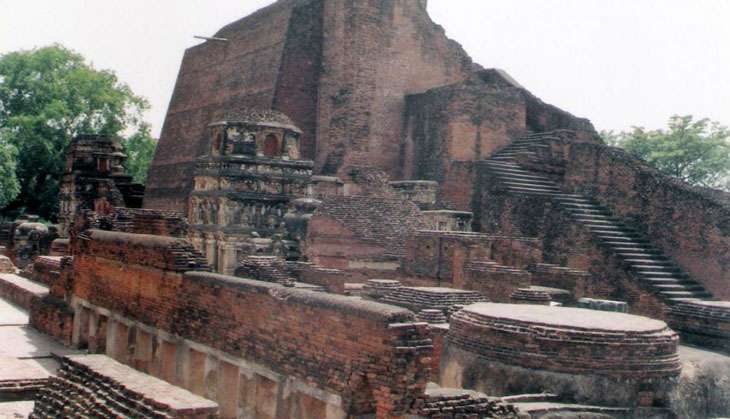
The world's first university was slowly rebuilt by several kings over a period of 800 years, that saw two massive invasions. Rising into prominence in the 5th century AD, Nalanda was a monastic-cum-learning centre.
4. Public-funded university
Much like our present educational institutes such as IITs and Central Universities, Nalanda was a public-funded university. According to the written records of Chinese monk Yijing in 7th century, revenues from 200 villages had been assigned toward the maintenance of Nalanda. In 6th century, another Chinese monk Xuanzang noted something similar and stated that revenues from 100 villages supported the university.
5. Concept of senior and junior professors

In the present education system, we have Professors, Assistant Professors and Associate Professors and so on. Nalanda too had a similar hierarchy. Written records from the 7th century Chinese monk Xuanzang state that Nalanda had about 1,510 professors. Out of these, about 1,000 could explain 20 collections of sutras and shastras, 500 could explain 30 collections and just 10 teachers could explain 50 collections or more (including Xuanzang).
6. 90% of Nalanda still under ruins
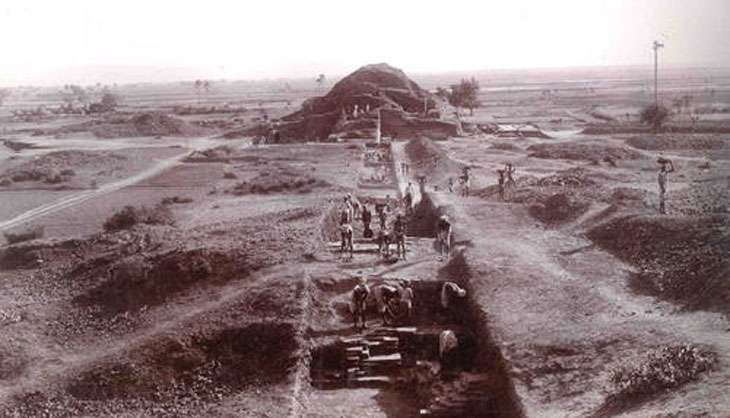
Till date, 150,000 square metres or 37 acres of ruins have been excavated at the Nalanda site. Going by Xuanzang's account of the university campus, almost 90% of Nalanda remains unexcavated.
7. Diverse and democratic curriculum
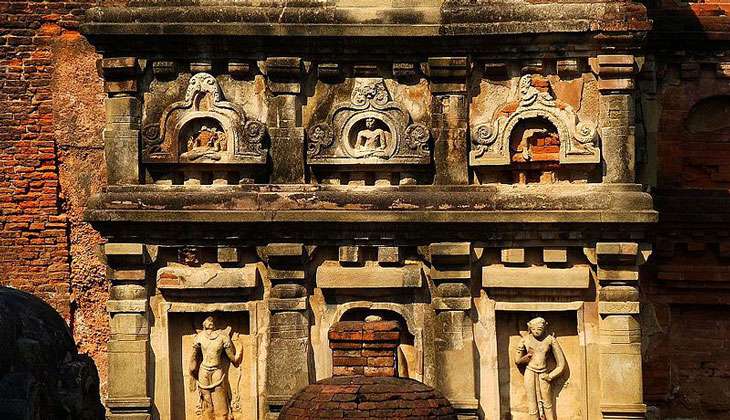
Based on written records, Nalanda Univeristy had a diverse academic curriculum ranging from Buddhist studies to Vedas, theology, philosophy, logic, grammar, astronomy, law, city-planning, medicine and magic. The university had a democratic system with frequent debates and discussions.
8. Famous alumni
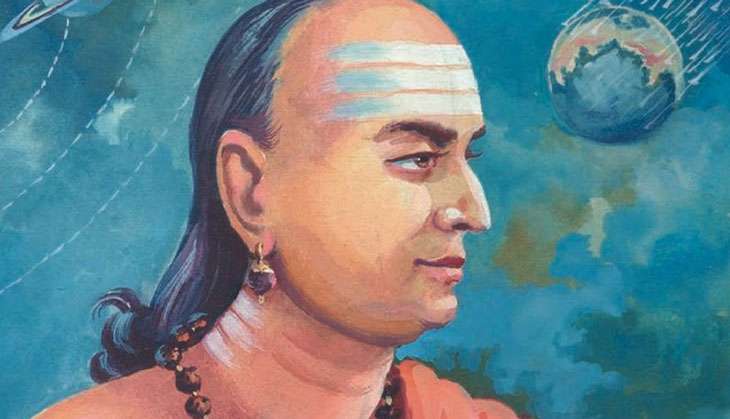
One of the most famous alumni of Nalanda University is Aryabhata, classical Indian mathematician and Indian astronomer, who invented zero and calculated the value of π. Other alumni include Nagarjuna, Shilabhadra, Xuanzang, and Yijing.
First published: 18 July 2016, 5:12 IST





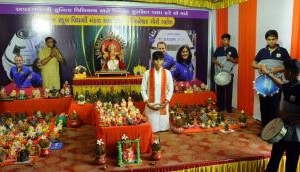

![BJP's Kapil Mishra recreates Shankar Mahadevan’s ‘Breathless’ song to highlight Delhi pollution [WATCH] BJP's Kapil Mishra recreates Shankar Mahadevan’s ‘Breathless’ song to highlight Delhi pollution [WATCH]](https://images.catchnews.com/upload/2022/11/03/kapil-mishra_240884_300x172.png)

![Anupam Kher shares pictures of his toned body on 67th birthday [MUST SEE] Anupam Kher shares pictures of his toned body on 67th birthday [MUST SEE]](https://images.catchnews.com/upload/2022/03/07/Anupam_kher_231145_300x172.jpg)






